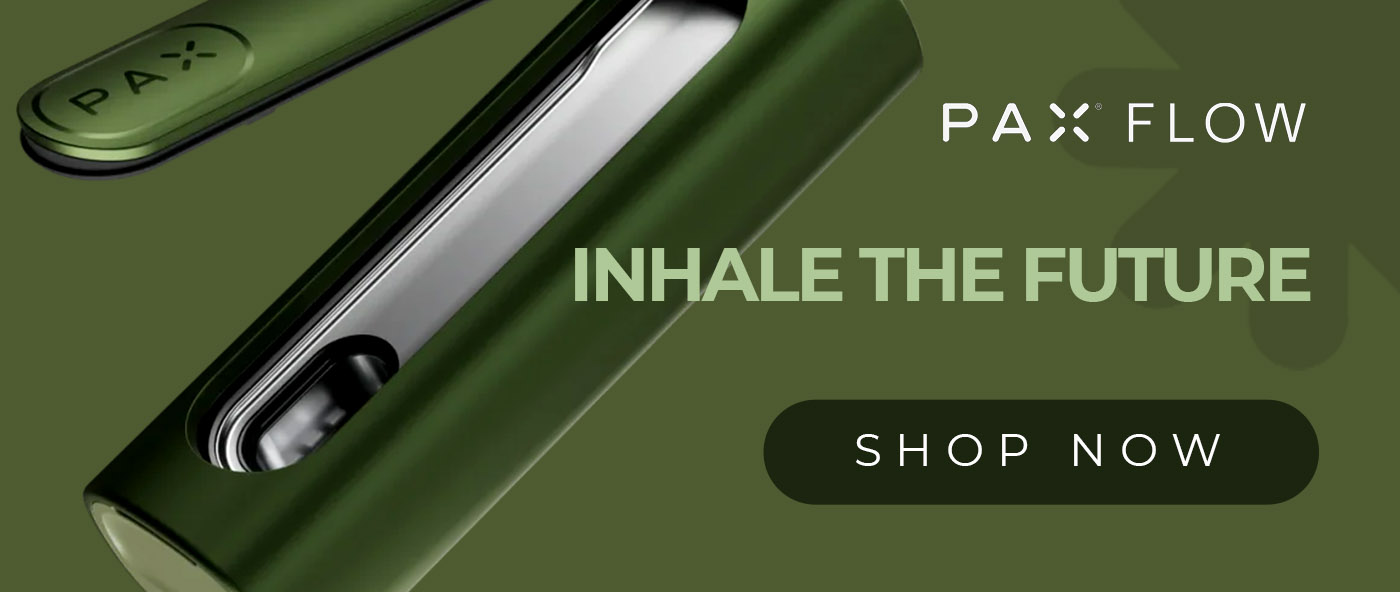In our report on Amazon’s hemp market, among many other issues with the market, we discovered that many of the products sold are flooded with fake reviews.
Even if you’re not buying hemp on Amazon – which we would not recommend – in the age of ChatGPT and markets for fake reviews, this is a concern that every consumer should have when shopping online.
So exactly how common are fake reviews on Amazon’s hemp products? And how can you spot deceptive reviews before you end up with a defective product?
TL;DR
- Hemp products on Amazon had an average of 58% reliable reviews, according to a CBD Oracle analysis.
- About half of the products were rated D or lower for overall review reliability.
- Review analyzing tools like FakeSpot are the best defense against deceptive reviews.
- Look out for red flags in product reviews, such as overly generic comments and very high percentages of 5-star ratings.
What We Learned About Fake Reviews on Amazon’s Hemp
CBD Oracle sent 56 hemp products from Amazon to an independent lab for testing for our report, but we also analyzed each product page for things like unapproved medical claims, deceptive marketing, and fake reviews.
There are many tools that can help identify fake reviews (for example, ReviewMeta and the Review Index), but we used Mozilla’s FakeSpot AI for our analysis.
Of the 56 products included in the analysis, we found that:
- Products had an average of 58% of reviews considered “reliable.”
- 46% of products had an “anomalous” review history, for example, rapid spikes or declines in the number of reviews or other unusual patterns in their history.
- 48% of products were graded D or lower for overall reliability.
Intuitively, this means there is about a 50/50 chance you’ll be deceived in one way or another by the reviews on Amazon’s hemp products. A little less than half of the specific reviews are not reliable, and about half of the product pages will give you a misleading impression overall.
Stepping beyond hemp, a 2023 UK Department for Business and Trade report estimated that around 11% to 15% of reviews for consumer electronics, sports, outdoors, home, and kitchen products are fake. This suggests that Amazon hemp is particularly rife with fake reviews, and this is something that sellers and hemp companies know.
Jan Brandrup, CEO of Neurogan, told CBD Oracle that, “The review system is manipulated by ‘review factories.’ Even with 30,000 buyers in various locations in the USA, they can only get 1% of reviews maximum, so they keep it at 1%, all five stars, of course. This makes the system inherently deceptive, as the product is not as advertised.”
Mike Sill, CEO and co-founder of Sunday Scaries, also commented to us on this issue, “Fly-by-night, brand-burning companies don’t have many verified reviews because every time they spin up a new label, they start from scratch. Or, the Amazon reviews are fraudulently purchased. [For example], the illegitimate brand will pay an overseas company to purchase the product and write a review, and then reimburse the company for the costs.”
How to Spot Fake Reviews on Amazon (or Anywhere)
So we have reason to believe that Amazon’s hemp market has a lot of fake reviews, but how can you tell a reliable review from a fake? Is there any reliable way?
The easiest approach is to use a tool like FakeSpot, Review Meta or the Review Index, all of which were specifically designed to perform this task.
However, from our experience using FakeSpot, it’s important to note that this is not foolproof and does require some interpretation. If a product is graded C by FakeSpot (for example this jar of gummies), this doesn’t mean “it’s OK,” in fact, it can still have a relatively low amount of reliable reviews and an anomalous review history.
However, if you look at the results in detail and don’t just base your view on the overall score, you’ll at least know enough to come to a reasonable conclusion.
If you’re looking through reviews manually, there are also some tips you can use to make your own determination:
- Lots of 5-star reviews. Of course, a product may just be that good, but if the vast majority of reviews for a product are 5-star, this is at least a red flag. Likewise, a large amount of 1-star reviews may be an attempt to undermine a competitor and not genuine criticisms.
- Generic reviews. If you tried a product and felt strongly enough to write a review, would you just write “great product” and leave it at that? It’s possible, but again, a large number of overly generic reviews is a bad sign.
- Professional-looking profile pictures. Elfsight points out that professional-quality profile pictures are a warning sign. It could be a generic photograph taken from a stock photo library or even in some cases images of celebrities taken from Google searches.
- Suspicious profiles. Check out some of the reviewers’ profiles to get an insight into whether they’re genuine. If they only post five-star reviews or post tons of reviews on the same day, for example, it’s a warning sign that this profile might be used for paid reviews. This can be very informative but it is time-consuming.
- Mentioning competing products. In some cases, reviews are primarily there to point customers to a competing product. If someone mentions another product in their review, this is another red flag.
- Irrelevant reviews. Sometimes, an existing listing is updated to basically be for a new product, but if this has happened you’ll notice many of the older reviews are clearly referencing a different product.
Overall, the best advice is to use a review analysis tool and browse some of the reviews for yourself to get a feel for how things sound. If the tool gives a bad rating and you find some of the issues described above, you can be pretty sure there is some manipulation going on.
How to Find Good Hemp Products
Spotting fake reviews is useful, but it’s important to remember that there are many other things you can look for when shopping for hemp products. The easiest and most important is that the product has a certificate of analysis (COA) available – if it doesn’t, don’t buy it. But companies should also have a presence outside Amazon and ideally even reviews on third-party sites.
Related:
- Don’t Ask; Don’t Tell: Study Reveals Amazon’s Hidden Market for THC Gummies
- Amazon Could Get Fined Up to $1.3 Million Over INFORM Consumers Act Violations
- Half of the Hemp Product Listings on Amazon Make Illegal Medical Claims
- Amazon’s Hemp Market Costs the CBD Industry Over $60 Million Per Year
- This Gummy on Amazon Says It Has 200,000,000 mg of Hemp Extract, But Is That Even Possible?
- You Could Make $100k From Selling Hemp on Amazon: Here’s How
- Hemp Products on Amazon Are Full of Fake Reviews
- China-Sourced Gummies Are Making Amazon’s Hemp Market Even Worse
- Here’s Why You Shouldn’t Buy CBD on Amazon (And What You Should Do Instead)
References
- Alma Economics. (2023). FAKE ONLINE REVIEWS RESEARCH: Estimating the prevalence and impact of fake online reviews [Report]. https://assets.publishing.service.gov.uk/media/6447c00c529eda000c3b03c5/fake-online-reviews-research.pdf
- Sill, M. (January 2024). Email interview. https://cbdoracle.com/wp-content/uploads/2024/03/Mike-Sill-Sunday-Scaries-comments-Amazon-hemp-market.pdf
- Brandrup, J. (January 2024). Email interview. https://cbdoracle.com/wp-content/uploads/2024/03/Jan-Brandrup-Neurogan-comments-Amazon-hemp-market.pdf

